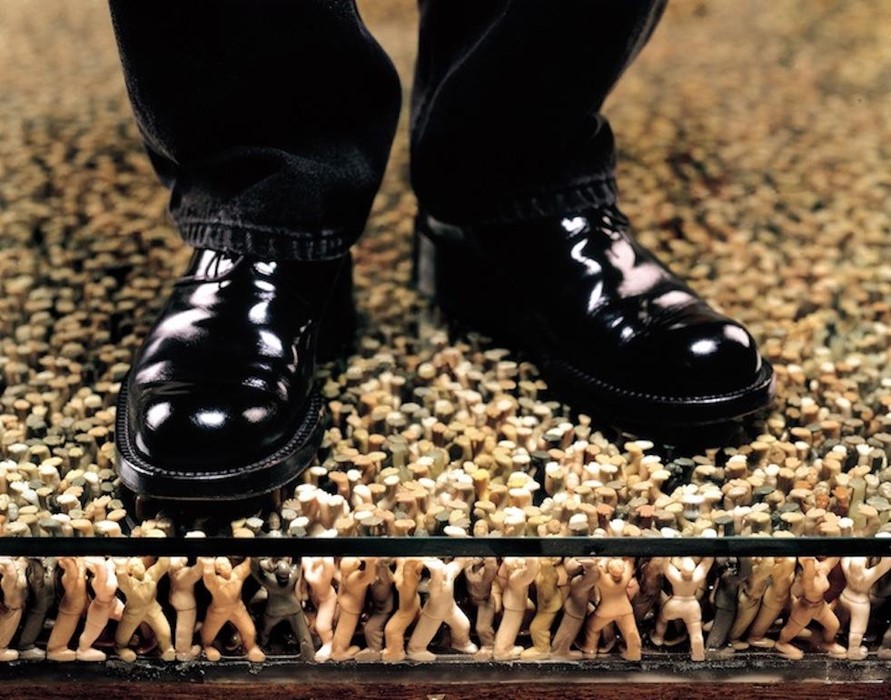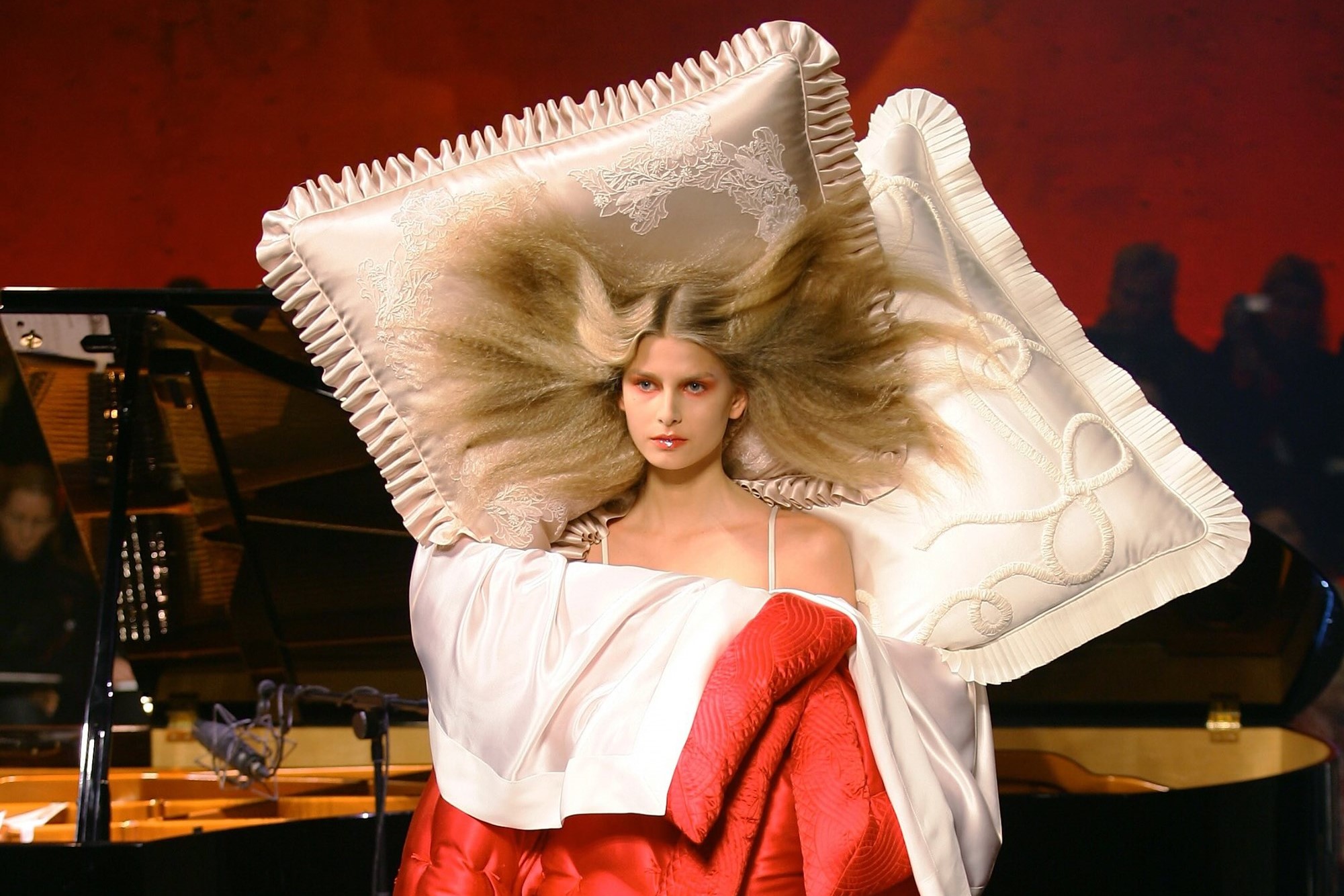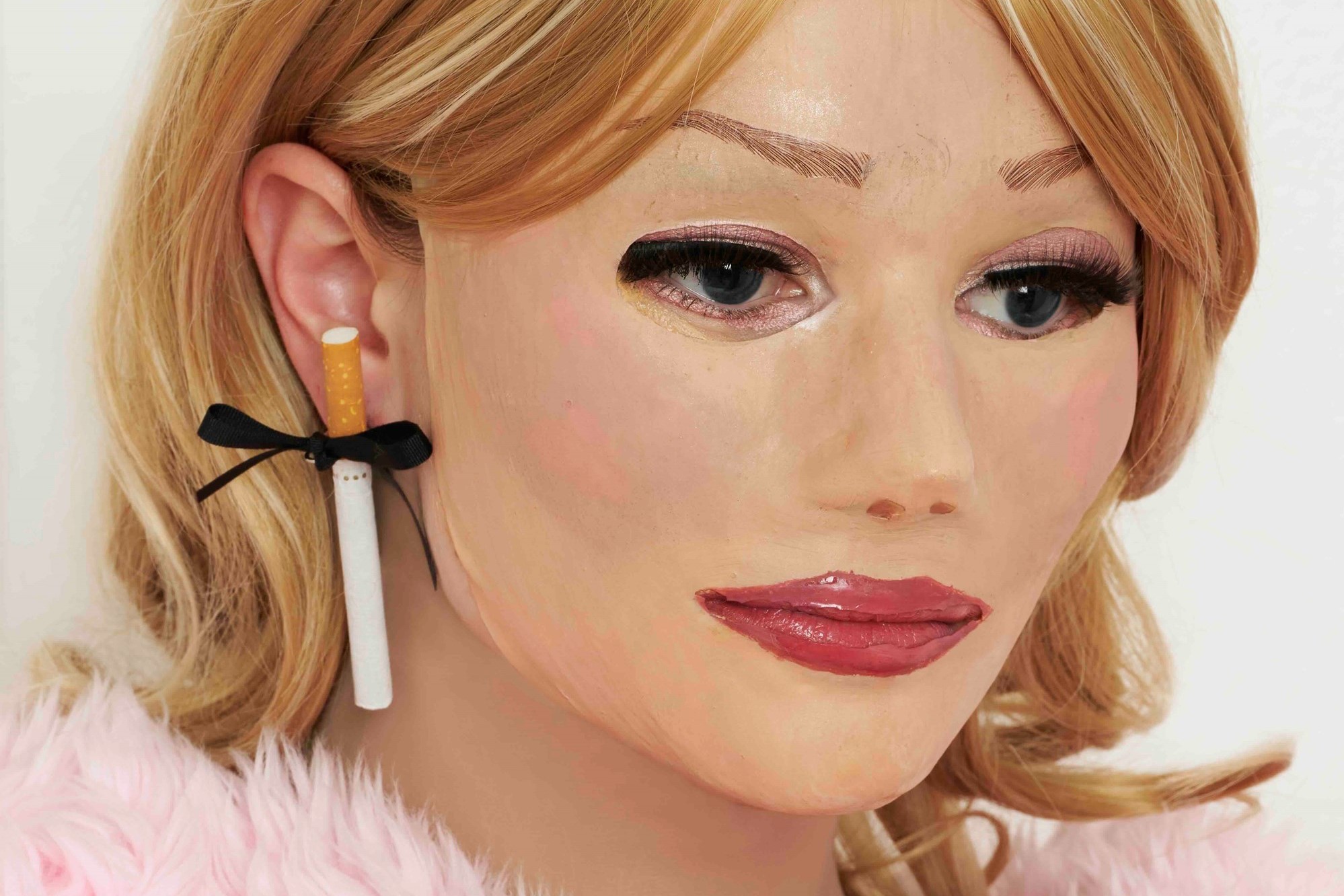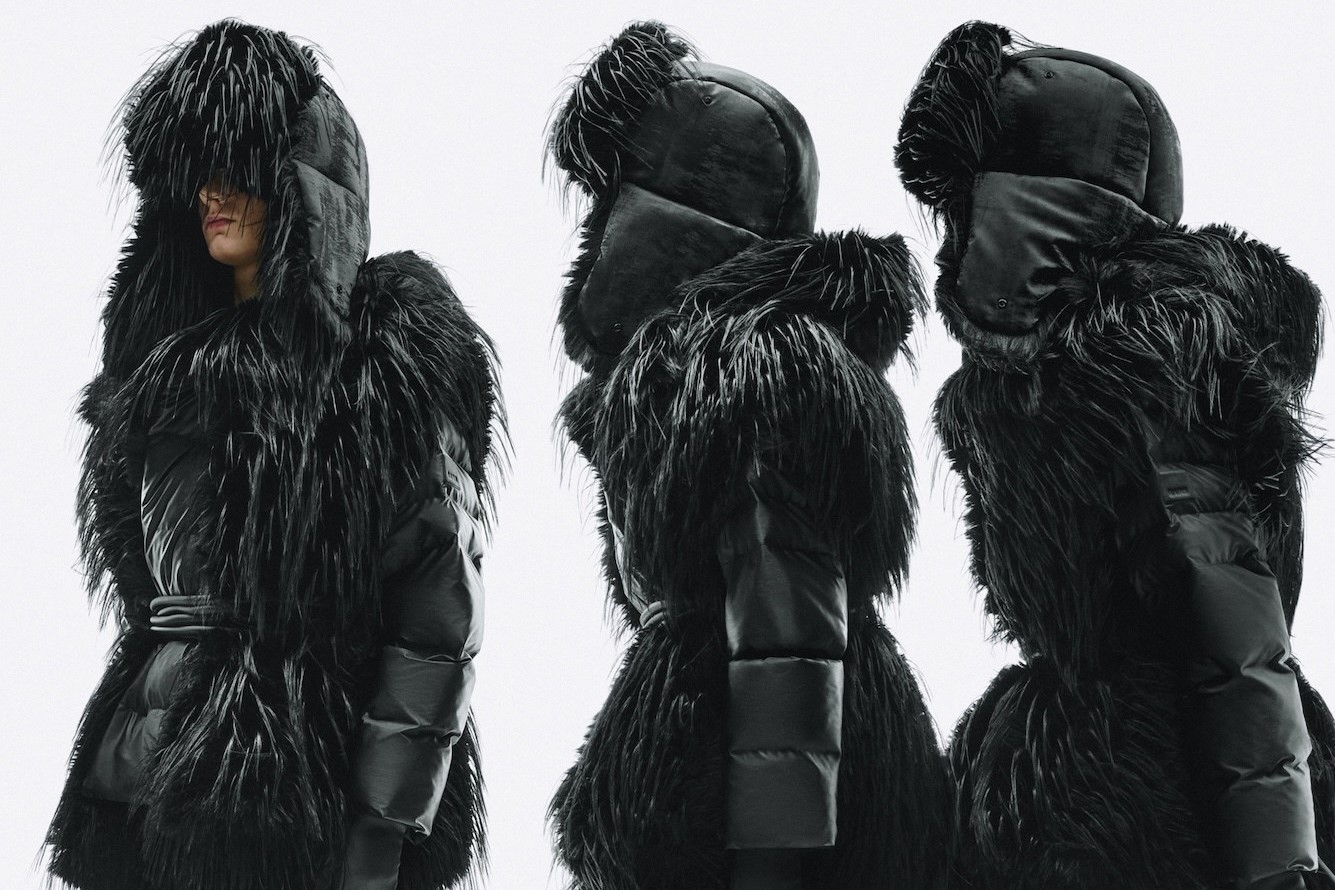The most Loved post this week is Floor, an intriguing installation by South Korean artist Do Ho Suh made from glass and plastic toys, chosen by Fashion Consultant Mandi Lennard...
Neon light, words, stickers, graffiti, plastic, sunflower seeds… the days when paint and stone ruled the roost in terms of artistic medium are long gone. Today anything and everything, even the very detritus of modern life, is viable material for artists to sculpt into gallery pieces, expressing, with various degrees of success, the evolving preoccupations of our times. In recent years, the use of children’s toys as shorthand for innocence, intimidation and the unnatural has been quite common, and it is an allusion that has been put to intriguing, and AnOther Loves vote-winning use, in Floor, an installation by South Korean artist Do Ho Suh made from glass and plastic toys, chosen by Fashion Consultant Mandi Lennard.
Using toys in art plays on the most primal emotions, ones that jerk at the tangled threads in our minds that trail back to childhood. There is the abrupt insertion of violence into childish situations – such as in Hans Hemmert’s 2008 sculpture of a German Panther tank sculpted in party balloons, or the hellish landscape created by the Chapman brothers in 2000, peopled with miniature figures in Nazi uniforms engaged in despicable acts. At times the artist plays with scale and perspective, echoing the nightmarish scenario experienced by Alice in Wonderland, who grows too small and then too grotesquely large for her surroundings. In Florentijn Hofman's piece Stor Gul Kanin, a gigantic bunny is blown up to overwhelming proportions, looming over all who view it while lying prone on its back, at once unnaturally sinister and deeply pathetic. Or there are Jeff Koons' balloon animals and swimming pool inflatables, banal objects, hyper-realistic in appearance and detail, yet constructed in stainless steel. In all of these works, toys are distorted in ways that undermine the simplicity and fun that should be inherent within them.
"Using toys in art plays on the most primal emotions, ones that jerk at the tangled threads in our minds that trail back to childhood."
Similarly, Floor plays with perspective, as viewers are rendered giants, stamping on the hands and faces of those below. It is at first amusing, intriguing and then rather horrifying; a glass floor held up by tiny plastic human figures, an anonymous morass of humanity, straining Atlas-like under the weight of all those who stroll across it. And as it takes a sinister hold over the Loves stream, we speak to Lennard about what inspired her to Love it, what artwork she most covets, and listen to her recollections of a dreamy stay in Pierre Cardin's Palais Bulles in Cannes.
Why did you choose to Love this installation?
At first glance, there's the issue of proporation that fascinates, but look more closely, and you can feel the oppression. The plastic models are stuck and desperate to get out.
If you owned it, where would you put it?
I wouldn't want it myself. It draws too many negative parallels.
What is the artwork that you would most like to own?
I have a life-sized bust of Bruce Lee that I will treasure forever.
Where do you get your interior design inspiration?
Random pop culture, hip hop, Charlie Brown, hamburgers. I have a large chunk of a New York taxi that I found on East Houston, which i display on a bookshelf next to a large Chanel factice bottle, and an illuminated McDonald's sign on the wall.
Which house/apartment from a film would you most like to live in and why?
I once stayed in Pierre Cardin's Palais Bulles (Bubble Palace) in Cannes. There was one room we weren't allowed in, but I peeped through the window – which is literally a massive piece of glass in the hillside – and it was like a Bond fantasy: shell-shaped sofa, shagpile carpet... He even had my Weltron 2007 pedestal record player from 1970.
What are you looking forward to about winter?
Cosy candlelit dinners.
What was the last thing you bought?
Geography of Home by Akiko Busch, a book I picked up in The Whitechapel Gallery about the intrigue of a home.
Text by Tish Wrigley




